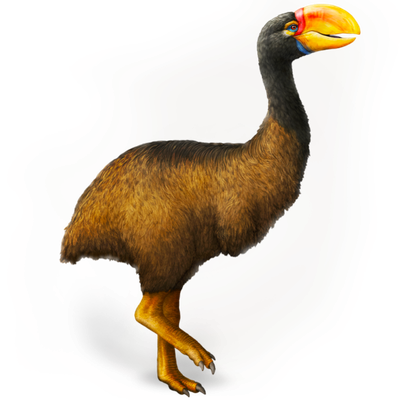Your search returned 2817 results
By Page Type
By Tag
- fish (966)
- blog (696)
- fishes of sydney harbour (401)
- First Nations (299)
- Blog (236)
- AMRI (169)
- archives (164)
- Eureka Prizes (146)
- Aboriginal and Torres Strait Islander (135)
- insect (126)
- Ichthyology (124)
- geoscience (109)
- minerals (102)
- climate change (100)
- podcast (94)
- Fish (91)
- Anthropology (89)
- International collections (80)
- Minerals Gallery (78)
- wildlife of sydney (78)
- Labridae (77)
- frog (74)
- gemstone (70)
- history (64)
- photography (64)
- Mollusca (60)
- gem (59)
- staff (59)
- Birds (56)
- Gems (56)
- Indonesia (56)
- education (56)
- shark (55)
- AMplify (54)
- people (53)
- earth sciences (50)
- past exhibitions (50)
- exhibition (49)
- Gobiidae (48)
- sustainability (46)
- Pomacentridae (45)
- Serranidae (44)
- lifelong learning (42)
- science (42)
- Earth and Environmental Science (41)
- Syngnathidae (41)
- Ancient Egypt (40)
- Bali (40)
- bird (40)
- dangerous australians (40)
-
Spangled Emperor, Lethrinus nebulosus (Forsskål, 1775)
https://australian.museum/learn/animals/fishes/spangled-emperor-lethrinus-nebulosus/Spangled Emperor, Lethrinus nebulosus (Forsskål, 1775)
-
Southern Peacock Sole, Pardachirus hedleyi Ogilby, 1916
https://australian.museum/learn/animals/fishes/southern-peacock-sole-pardachirus-hedleyi/Southern Peacock Sole, Pardachirus hedleyi Ogilby, 1916
-
Sombre Sweetlips, Plectorhinchus schotaf (Forsskål, 1775)
https://australian.museum/learn/animals/fishes/sombre-sweetlips-plectorhinchus-schotaf/Sombre Sweetlips, Plectorhinchus schotaf (Forsskål, 1775)
-
Sinuous Gudgeon, Odonteleotris macrodon (Bleeker, 1853)
https://australian.museum/learn/animals/fishes/sinuous-gudgeon-odonteleotris-macrodon/Sinuous Gudgeon, Odonteleotris macrodon (Bleeker, 1853)
-
Smallscale Bullseye, Pempheris compressa (White, 1790)
https://australian.museum/learn/animals/fishes/smallscale-bullseye-pempheris-compressa/Smallscale Bullseye, Pempheris compressa (White, 1790)
-
Smalleye Squaretail, Tetragonurus cuvieri Risso, 1810
https://australian.museum/learn/animals/fishes/smalleye-squaretail-tetragonurus-cuvieri/Smalleye Squaretail, Tetragonurus cuvieri Risso, 1810
-
Slender Rainbow Wrasse, Suezichthys gracilis (Steindachner & Döderlein, 1887)
https://australian.museum/learn/animals/fishes/slender-rainbow-wrasse-suezichthys-gracilis/Slender Rainbow Wrasse, Suezichthys gracilis (Steindachner & Döderlein, 1887)
-
Silver Spot, Threpterius maculosus Richardson, 1850
https://australian.museum/learn/animals/fishes/silver-spot-threpterius-maculosus/Silver Spot, Threpterius maculosus Richardson, 1850
-
Silver Lightfish, Phosichthys argenteus (Hutton, 1872)
https://australian.museum/learn/animals/fishes/silver-lightfish-phosichthys-argenteus/Silver Lightfish, Phosichthys argenteus (Hutton, 1872)
-
Sea Sweep, Scorpis aequipinnis Richardson, 1848
https://australian.museum/learn/animals/fishes/sea-sweep-scorpis-aequipinnis/Sea Sweep, Scorpis aequipinnis Richardson, 1848
-
Discover more
2025 Australian Geographic Nature Photographer of the Year
Special exhibition
Free entry
Now open -
Discover more
Unfinished Business
Special exhibition
Free entry
Now open -
Find out more
Surviving Australia
Permanent exhibition
Free entry
Now open![]()
-
Find out more
Burra
Permanent kids learning space
Free entry
10am - 4.30pm![]()
-
Discover more
Minerals
Permanent exhibition
Free entry
Open daily![]()





